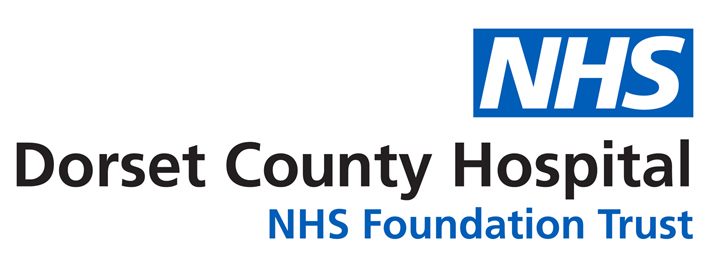Going into Hospital
This leaflet explains what you need to know about your stay in hospital.
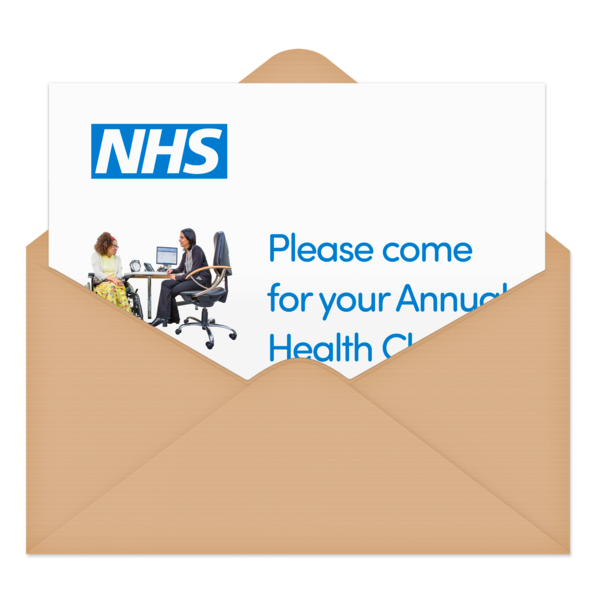
Before you go to hospital
You have a letter to tell you why you need to go to hospital and which ward or department to go to. Read the letter.
Show it to your family, your carer or your friend. If you don’t understand anything, ask them for help.
Or you can telephone the hospital on the number given in the letter. They will help you.
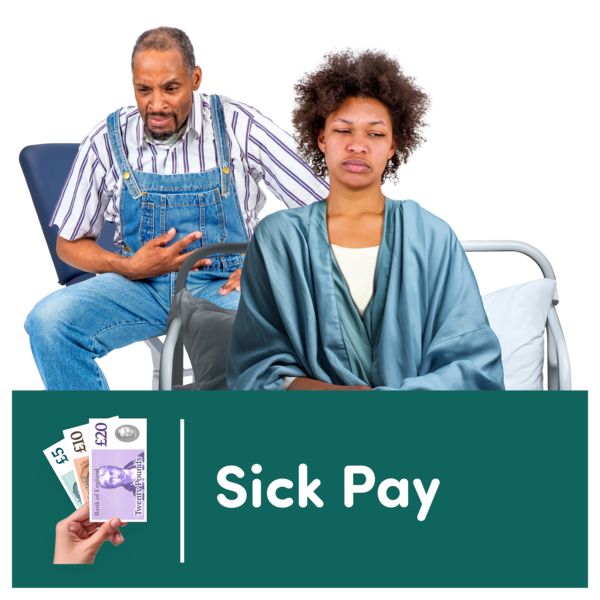
If you are going to be in hospital for more than a week, make sure the people who pay your benefits know about this.
Your carer or family can help you with this.

What to take with you
- your letter
- phone numbers of your family and friends
- any medicines you take including painkillers, eye drops, herbal remedies or vitamins
- night clothes such as pyjamas, slippers and dressing gown
- wash things such as soap, shower gel, flannel, comb or brush, shampoo, paper tissues, toothbrush, toothpaste, false teeth and denture cleaner
- shaving kit such as razor, shaving foam, after shave
- walking aids such as stick, zimmer frame or crutches
- books or magazines to read
- a small amount of money – just enough for sweets or a newspaper
- mobile phone
- music such as your own CD player, MP3 player or iPod – but you must bring your own earphones as well
- put all your things in a bag and when you get to hospital show the nurse what you have in your bag.
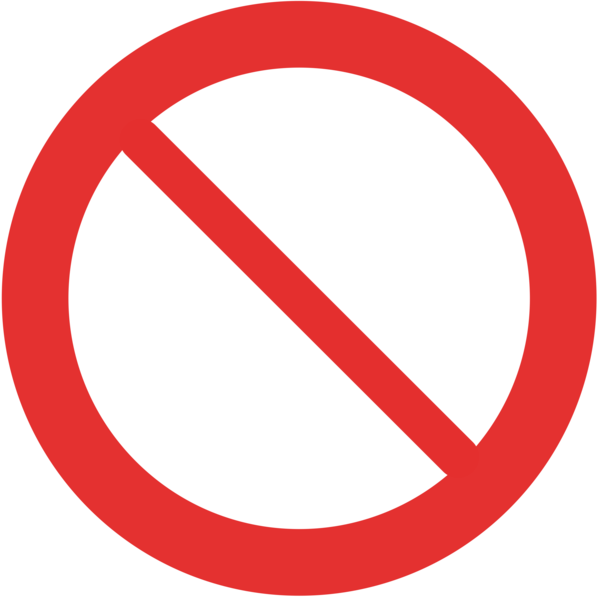
What you should not take with you
- alcohol
- cigarettes – smoking is not allowed in the hospital
- food
- lots of money
- jewellery is not allowed but you can keep your wedding ring on
- anything you really value that you wouldn’t want to lose, such as a photograph.

About the hospital
The hospital can be:
- a large building
- a noisy building
- a busy building
- a hot building
- have lots of different smells.
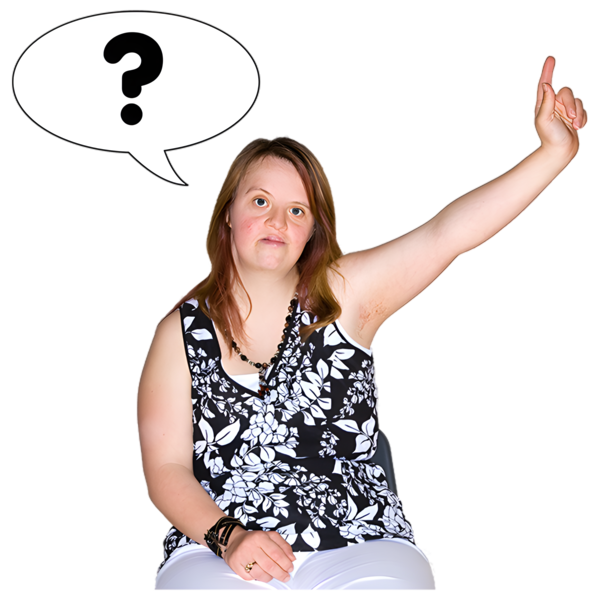
If you need help with anything, the staff are always happy to help you.
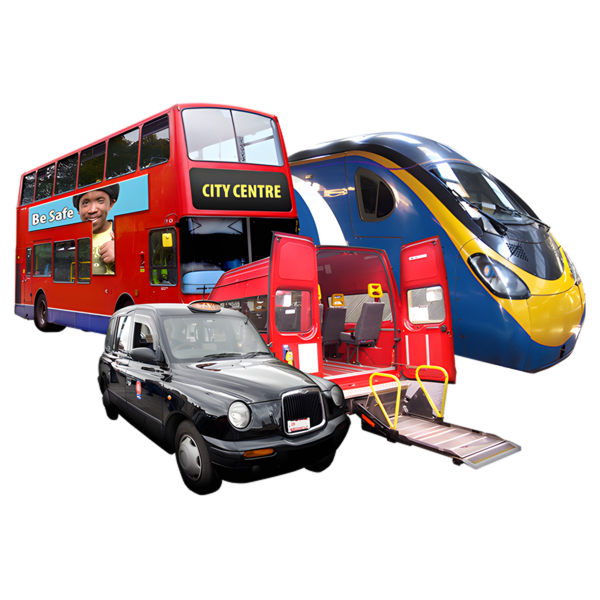
Getting to hospital
You can get to the hospital by:
- car
- bus
- taxi
- minibus
- train.
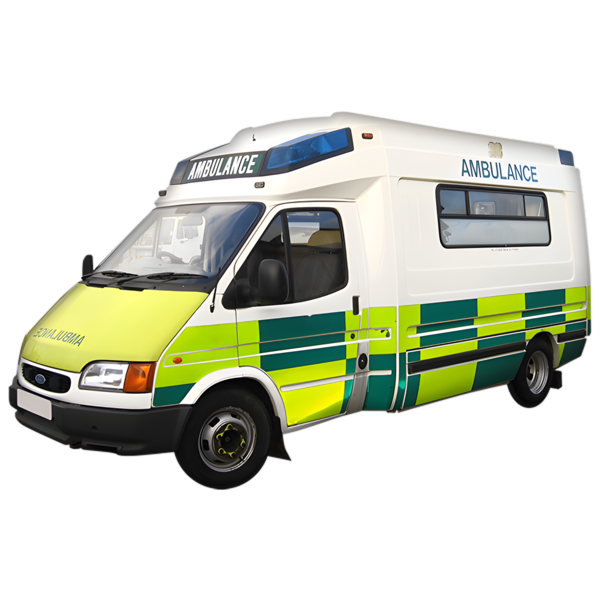
Or you can ask for an ambulance if you need one.

What to do when you get to hospital
- go to the reception desk – they will help you
- if you need a wheelchair the person on reception will get you one
- there are signs to help you find the right ward
- there are stairs to the wards
- there are lifts to the wards.

What to do when you get to your ward
- go to the reception desk – they will help you
- a nurse will show you to your bed.
Some wards are for women only.
Some wards are for men only.
A doctor and/or nurse will ask you some questions and check your weight, height, temperature, pulse and blood pressure, urine.
A doctor will speak to you. This will not be your own doctor.
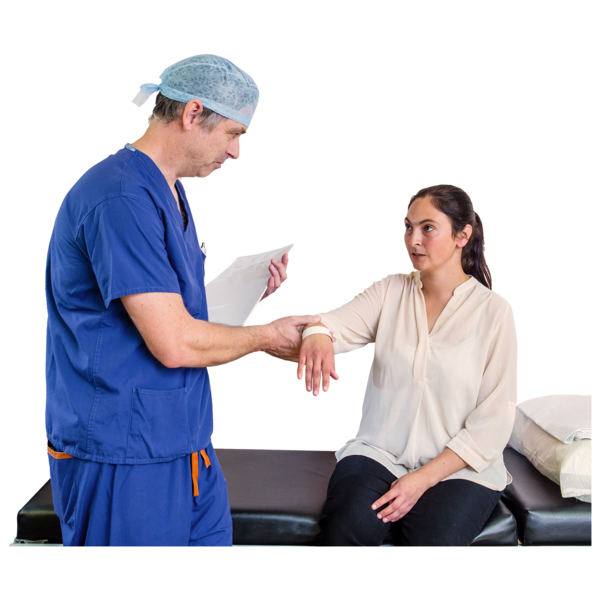
The doctor or nurse will ask you questions about how you feel.
They may want to look at you to see what is the matter with you.
They may want to give you things to make you better, such as:
- an operation
- injections
- painkillers
- medicines.
They will always ask if it is ok to do any of these things.

Tell the doctor or nurse if you are:
- worried
- sad
- happy
- in pain
- tired
- feeling sick
- or if you have any questions.

Meals and drinks
You will be given all your meals.
You can choose what you eat.
You can have a drink at any time.
If there is anything you don’t eat or anything you want, please ask the nurse.

Being on the ward
Carers, family and friends can visit you during visiting times.
They can also phone you.
Ask a nurse if you need help to:
- go to the toilet
- use the phone
- arrange a visit from the hospital chaplain.

About this leaflet
Author: Jo Findlay Learning Disability and Mental Capacity Act Advisor
Written: August 2020
Approved: August 2020
Review date: August 2023
Edition: v1
If you have feedback regarding the accuracy of the information contained in this leaflet, or if you would like a list of references used to develop this leaflet, please email patientinformation.leaflets@dchft.nhs.uk
